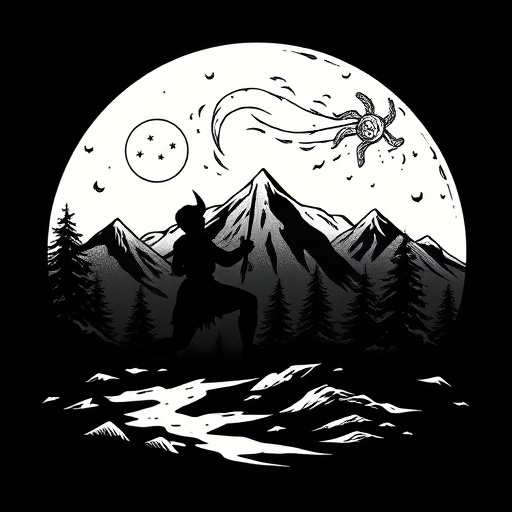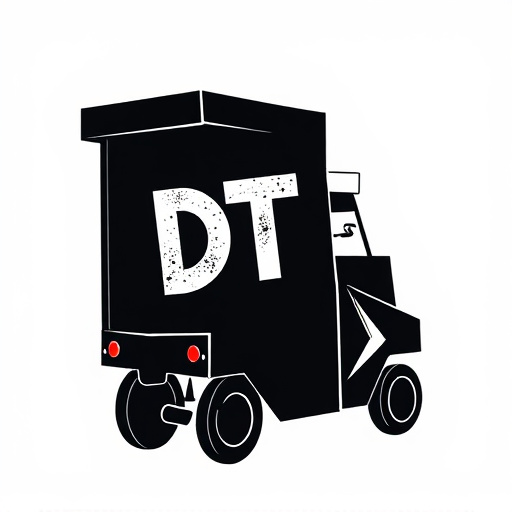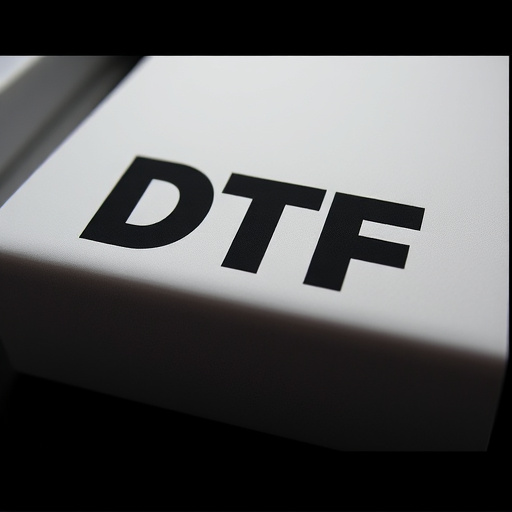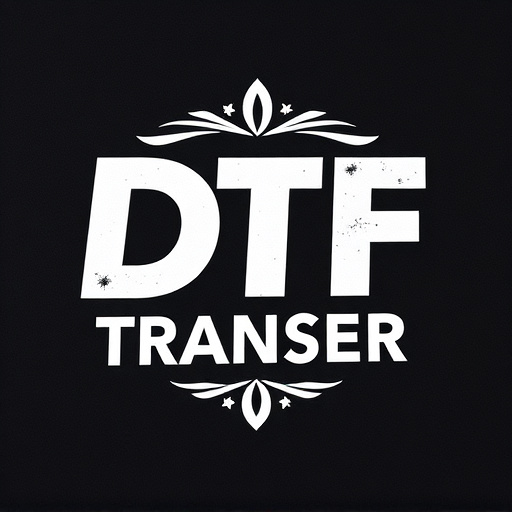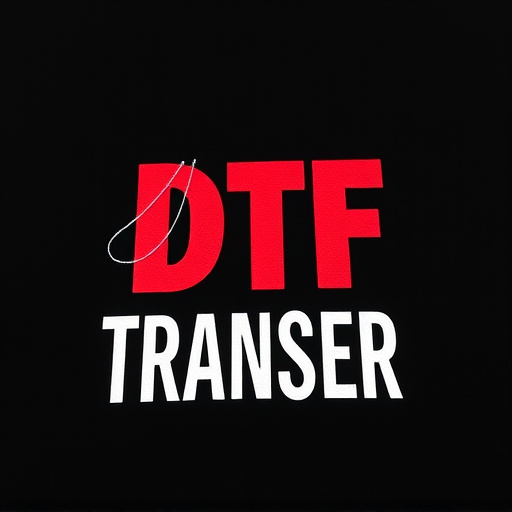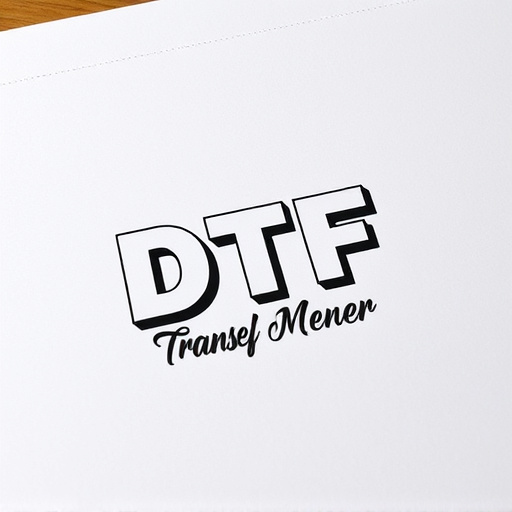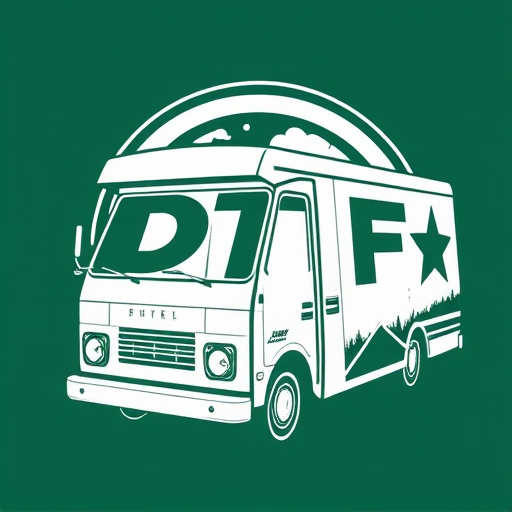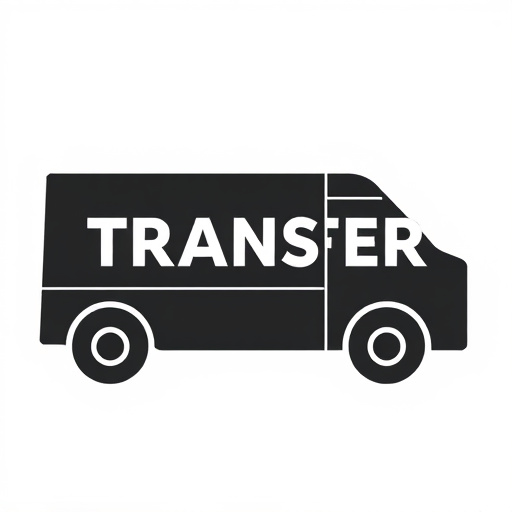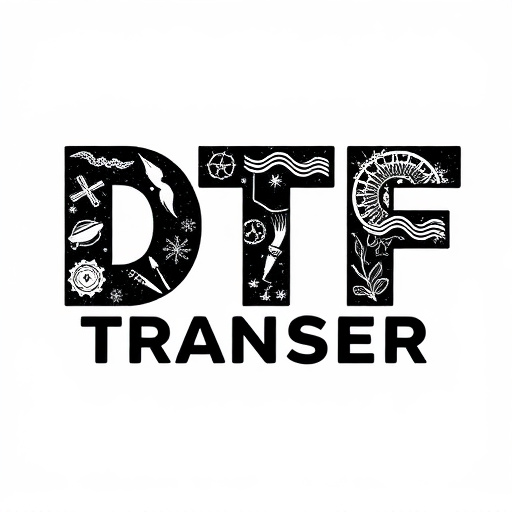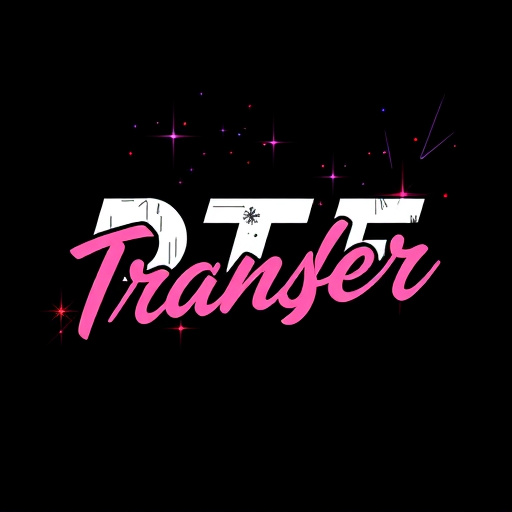Direct-to-Film (DTF) printing is a groundbreaking technology transforming visual media production. It allows creators to print high-quality images directly onto film with no minimum order requirements, catering to filmmakers, photographers, and artists. DTF offers unparalleled versatility for projects from archival prints to special effects, eliminating constraints for independent filmmakers and businesses. Using advanced imaging and specialized materials, DTF produces precise, vibrant prints from digital files, revolutionizing the printing industry. This technology ensures quality control through rigorous QA protocols, making DTF Prints a game-changer for bringing creative visions to life efficiently and with high standards.
“Direct-to-film (DTF) printing is revolutionizing the way filmmakers bring their visions to life, offering a game-changing service for independent creators. This article explores the benefits of DTF services, providing a beginner’s guide to understanding this unique process. We delve into the technology, highlighting its flexibility in eliminating quantity requirements, and discuss quality assurance.
Through case studies, we showcase successful DTF projects, demonstrating its impact on modern filmmaking. Discover how this innovative approach empowers filmmakers to create high-quality prints without traditional constraints.”
- Understanding Direct-to-Film (DTF) Prints: A Beginner's Guide
- Benefits of DTF Services for Independent Filmmakers and Producers
- How DTF Transfers Work: The Technology Behind the Process
- Breaking Down Quantity Requirements: Flexibility in DTF Printing
- Quality Assurance and Control in Direct-to-Film Reproduction
- Case Studies: Successful DTF Projects and Their Impact
Understanding Direct-to-Film (DTF) Prints: A Beginner's Guide
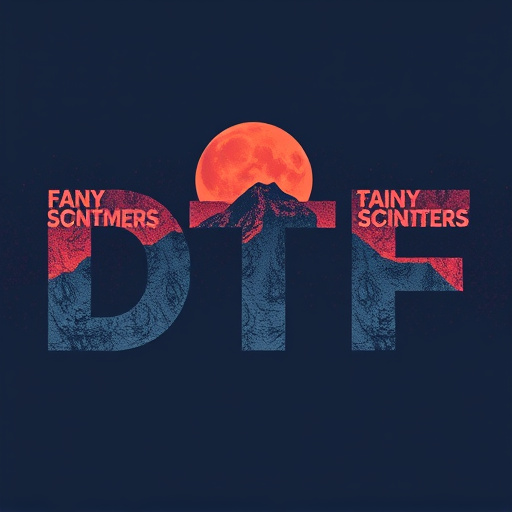
Direct-to-Film (DTF) prints are a cutting-edge technology that allows for high-quality, on-demand printing directly onto film. This innovative process revolutionizes traditional printing methods by eliminating the need for minimum order quantities. Whether you’re a filmmaker, photographer, or artist, DTF prints offer an accessible way to bring your visual ideas to life without the hassle of large production runs.
With DTF, images are digitally transferred and printed directly onto various film types, such as transparency or negative films. This direct approach ensures precision and maintains the original file’s integrity. The process is versatile, suitable for everything from creating archival prints and special effects in filmmaking to personalizing photo gifts and art pieces. By removing quantity restrictions, DTF printing empowers individuals and businesses alike to explore their creativity without compromise.
Benefits of DTF Services for Independent Filmmakers and Producers
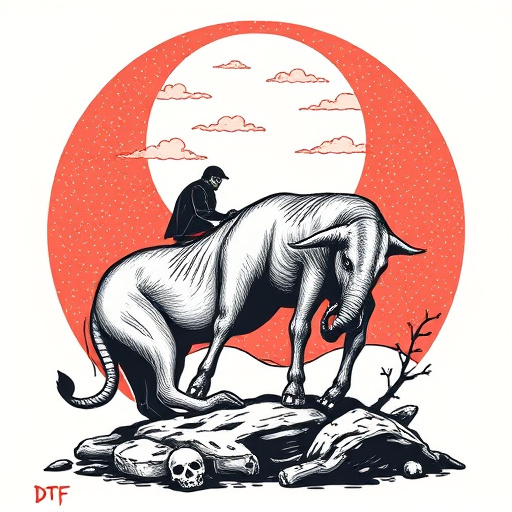
For independent filmmakers and producers, direct-to-film (DTF) services offer a game-changer in terms of printing options. One of the primary benefits is the ability to create high-quality DTF prints without being bound by minimum quantity requirements. This freedom allows creators to produce small batches or even single copies of their films, making it ideal for niche projects, short films, or documentaries with specialized audiences. By eliminating the need for large print runs, DTF services can significantly reduce production costs and risks associated with overproduction.
Additionally, DTF prints provide a unique advantage in terms of flexibility and accessibility. Filmmakers can easily update or revise their films and have fresh prints made without incurring substantial expenses or waiting for extended periods. This is particularly valuable for independent creators who may want to showcase their work at film festivals, pop-up events, or limited-release screenings. With DTF technology, they can ensure that their audiences experience the film in its best visual form, enhancing the overall viewing experience and potentially leading to greater engagement and appreciation.
How DTF Transfers Work: The Technology Behind the Process

Direct-to-film (DTF) transfers are a revolutionary printing process that allows for high-quality, on-demand production of films and prints without minimum quantity requirements. This technology leverages advanced imaging and materials to create precise, vibrant prints directly from digital files. The process starts with a film emulsion coated onto a substrate, often a flexible material like polyester or vinyl. This coated substrate is then exposed to light through a digital mask, which hardens the emulsion in specific areas according to the image data.
During exposure, lasers or LED lights precisely scan and cure the emulsion layer, creating a negative of the desired image. Once exposed, the unhardened emulsion is washed away, leaving behind a positive film pattern. This film can then be used to create an infinite number of prints by exposing photo-sensitive paper or fabric through the film, ensuring consistent quality and color accuracy across each reproduction. DTF Prints offer a game-changing solution for artists, designers, and businesses seeking flexible, cost-effective, and high-quality printing options without being bound by traditional minimum order quantities.
Breaking Down Quantity Requirements: Flexibility in DTF Printing
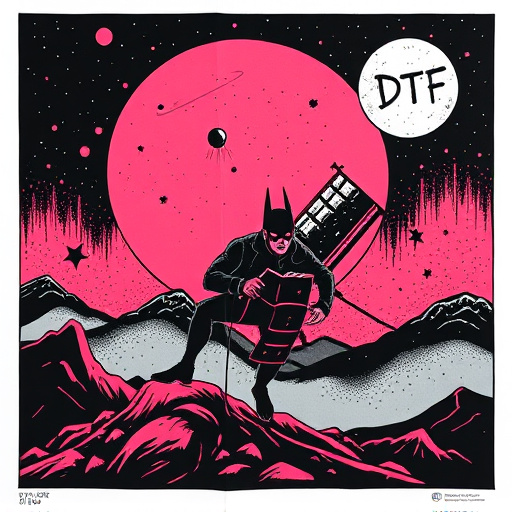
In the realm of printing, quantity requirements have traditionally been a significant hurdle for businesses and individuals looking to produce custom items. However, direct-to-film (DTF) printing has broken down these barriers, offering unprecedented flexibility in terms of order quantities. With DTF Prints, there’s no longer a need to commit to large batches or worry about minimum orders. This technology allows for on-demand production, enabling businesses and artists to create personalized items without the hassle and cost associated with traditional printing methods.
The beauty of DTF printing lies in its ability to cater to diverse customer needs. Whether you’re an entrepreneur producing custom t-shirts, a small business owner branding promotional materials, or an artist seeking to print limited-edition artwork, DTF Prints provide an accessible solution. By eliminating quantity requirements, this innovative process empowers individuals and businesses of all scales to bring their creative visions to life with ease and efficiency.
Quality Assurance and Control in Direct-to-Film Reproduction
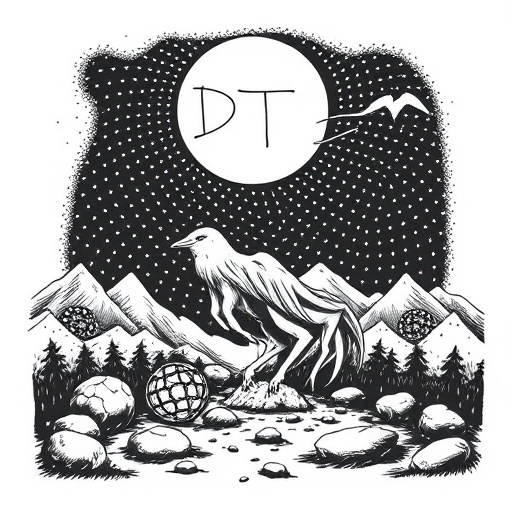
Direct-to-film (DTF) reproduction offers a unique and appealing service for film enthusiasts, but ensuring quality remains paramount. This process involves transferring digital content directly onto film stock without intermediate steps, requiring meticulous attention to detail at every stage. Quality control is critical to ensure consistent and accurate results, especially as each print is a one-of-a-kind artifact.
Service providers implement rigorous QA protocols to maintain high standards. This includes using advanced scanning equipment capable of capturing fine details and colors accurately. Post-scan, specialized software enhances and optimizes the image, preparing it for printing. The film stock selection process is also crucial, as different types offer varying resolution capacities and tonal ranges. Ultimately, skilled technicians oversee the entire process, from input to output, guaranteeing that each DTF print meets the highest standards of quality and preservation.
Case Studies: Successful DTF Projects and Their Impact
